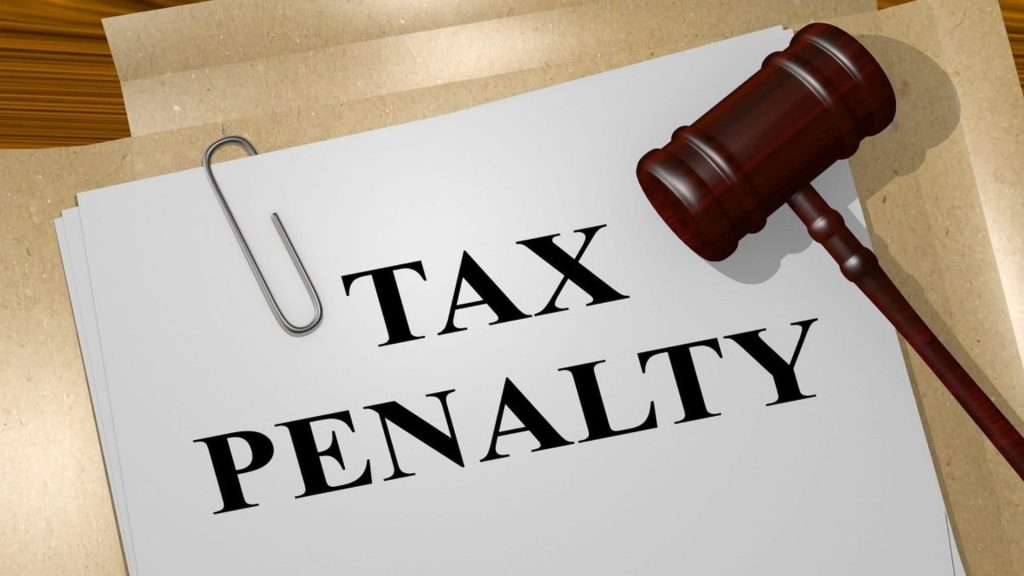
When it comes to taxes, the IRS wants its share as you go—so underpaying your estimated tax can lead to a penalty that’s both avoidable and surprisingly costly. In this deep dive on how much is the penalty for underpayment of estimated tax, you’ll get the scoop on the current interest rate charged (7% for 2025!), what triggers the penalty, how it’s calculated, and smart strategies to dodge it. Whether you’re self-employed, an investor, or supplementing your regular job with side income, understanding the underpayment of estimated tax penalty (and those crucial IRS safe harbor rules) can help you save hundreds—maybe thousands—of dollars and keep tax-time stress to a minimum.
What Exactly Is the Underpayment of Estimated Tax Penalty?
If you don’t pay enough tax throughout the year—either through employer withholding or by submitting quarterly estimated tax payments—the IRS may slap you with a penalty for underpayment. This penalty is most common for:
- Freelancers, gig workers, or anyone self-employed
- Investors receiving interest, dividends, or capital gains
- Landlords, small business owners, and others with “non-W2” income
The US tax system operates on a “pay-as-you-go” basis, and missing your estimated tax deadlines or amounts means the IRS (not known for its sense of humor) charges you a penalty for being late to the party.

How Is the Penalty for Underpayment Calculated?
Now the real question: How much will Uncle Sam actually ding you?
- Penalty Interest Rate: For 2025, the penalty rate for underpayment of estimated tax is 7% per year, compounded daily for individuals.
- Calculation: The penalty equals the interest rate applied to the underpaid amount for the period it was unpaid.
For example, if you underpaid $5,000 in estimated taxes and that underpayment lasted for six months at 7%, your penalty would be roughly $175 for that period ($5,000 x 7% x 0.5 years).
| Year/Quarter | Penalty Rate (Individuals) |
|---|---|
| Q2 2025 | 7% per year |
Important: Quarterly rates can change. The penalty compounds daily, meaning the longer you wait, the larger the bill grows.
When Does the IRS Charge an Underpayment Penalty?
The penalty typically applies if you owe at least $1,000 in tax after withholdings and credits. However, you can avoid the penalty by meeting any of these “safe harbor” requirements:
- Pay at least 90% of your total tax due for the year
- Or, pay 100% of your previous year’s tax (or 110% if your AGI last year was over $150,000; $75,000 if married, filing separately)
If you hit either target, you’re penalty-free—even if you owe a big check in April.
Special cases: Farmers, fishers, and those with uneven income across the year have some exceptions. See IRS Form 2210 for details.

How to Avoid or Reduce the Penalty
- Increase Withholding: If you also have a W-2 job, ask your employer to withhold more tax from your paycheck to cover your self-employment or investment income.
- Pay Quarterly: Mark your calendar for estimated tax due dates—April 15, June 15, September 15, and January 15 of the following year.
- Pay Early: The earlier you pay, the less penalty accrues. If you realize you’ve underpaid, pay ASAP.
- Annualize Income: If you earn most of your income at the end of the year, consider the IRS’s “annualized income installment method” to reduce or waive the penalty.
- Reasonable Cause Exceptions: If the underpayment is due to a natural disaster, retirement, or disability, the IRS may waive the penalty if you show reasonable cause.
Quick Recap Table
| Scenario | Penalty Applies? |
|---|---|
| Owe less than $1,000 after credits | No |
| Paid ≥90% of current year’s total tax | No |
| Paid 100% (or 110%) of last year’s tax | No |
| Underpaid, no exception or safe harbor | Yes – 7% annual rate |

FAQs
How quickly does the penalty for underpayment of estimated tax add up?
The IRS penalty compounds daily at the current annual rate (7% for 2025), so even a couple of months’ delay can mean extra cost.
Can I get the penalty waived if I had a rough year?
Yes! If your underpayment was due to events like disability, retirement, disasters, or other reasonable causes, you can request a waiver using IRS Form 2210.
What’s the easiest way to avoid the penalty if my income fluctuates?
Use the “annualized income method” on Form 2210 or make larger payments as soon as you receive higher income to keep up with your liability.
Do W-2 employees need to worry about this penalty?
Typically, W-2 employees are covered by withholding, but you’ll need to adjust your W-4 if you have other significant income sources.
Staying proactive about your estimated tax payments is the difference between finishing tax season with a smile or scrambling to pay costly penalties. Keep these rules in mind to stay in Uncle Sam’s good graces and keep more cash in your creative hands!